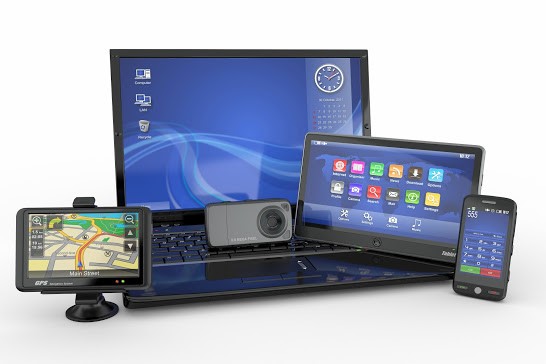Whether you're downsizing, moving, or simply need some extra space, storing electronics in a self-storage unit can be a practical solution. However, electronics are sensitive and can be easily damaged if not stored properly. Here’s a comprehensive guide on how to safely store your electronics in a self-storage unit.
1. Choose the Right Storage Unit
Climate Control
Electronics are sensitive to extreme temperatures and humidity. Choose a climate-controlled storage unit to maintain a stable environment, protecting your devices from heat, cold, and moisture.
Security Features
Ensure the storage facility has robust security measures, such as 24/7 surveillance cameras, gated access, and individual unit alarms, to safeguard your valuable electronics.
2. Clean and Prepare Your Electronics
Dust and Debris Removal
Before storing, clean your electronics thoroughly to remove dust and debris. Use a microfiber cloth and compressed air to clean delicate components without causing damage.
Remove Batteries
Batteries can leak and cause damage over time. Remove all batteries from your devices before storing them to prevent potential corrosion and leakage.
Backup Data
For devices with data storage, such as computers and smartphones, create backups of important data. Store the backups separately to ensure your information is safe in case of any mishaps.
3. Use Proper Packing Materials
Original Packaging
If possible, use the original packaging for your electronics. These boxes are designed to fit and protect the specific dimensions of your devices.
Anti-Static Materials
Wrap your electronics in anti-static bubble wrap or foam to prevent static electricity from damaging sensitive components.
Sturdy Boxes
Use sturdy, appropriately-sized boxes to provide extra protection. Avoid overpacking boxes, which can lead to crushing, or underpacking, which can cause items to shift and break.
4. Pack and Store Strategically
Label Boxes
Clearly label each box with its contents and handling instructions, such as "Fragile" or "This Side Up." This will help you and any movers handle the boxes carefully.
Positioning
Store larger items, such as televisions and monitors, upright to avoid pressure on their screens. Place smaller, delicate items on top of heavier ones to prevent crushing.
Avoid Stacking
Avoid stacking heavy items on top of electronics. If you must stack boxes, ensure heavier items are at the bottom and lighter, more delicate items are on top.
5. Regular Checkups
Periodic Visits
Visit your storage unit periodically to check on your electronics. Look for signs of damage, moisture, or pests, and address any issues promptly.
Rotate Items
If you plan to store electronics for an extended period, consider rotating items periodically to ensure even exposure to environmental conditions.
